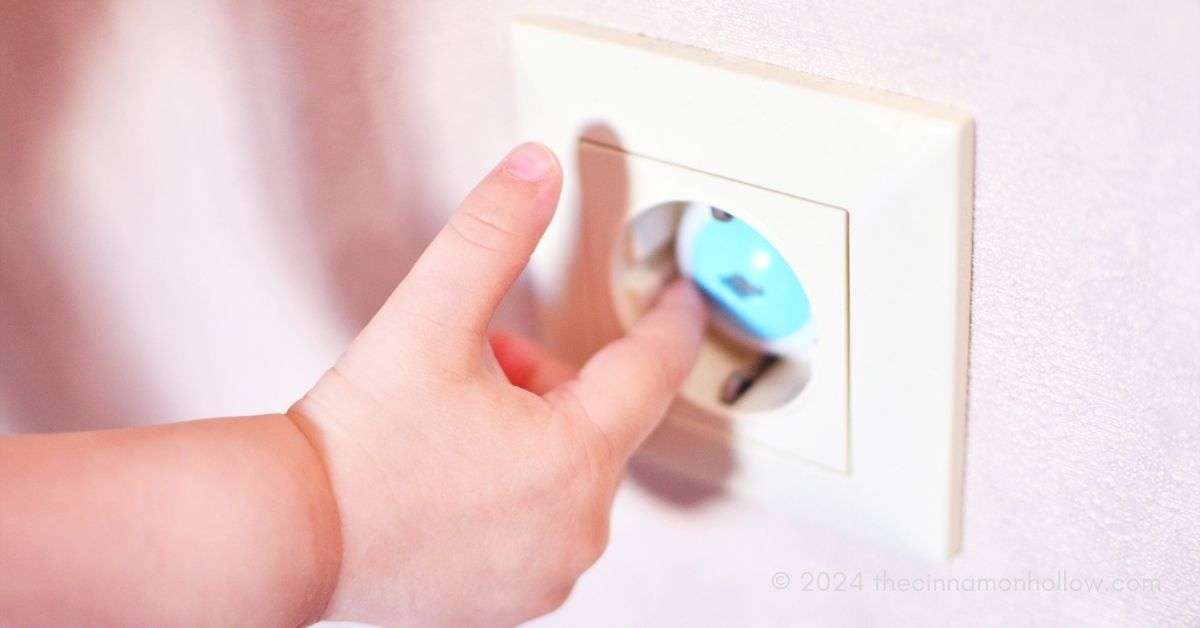Childproofing your home is essential to ensure the safety and well-being of your little ones. From sharp corners to electrical outlets, numerous potential hazards can pose risks to young children. Fortunately, with some simple steps and precautions, you can create a safe environment for your child to explore and play. In this blog post, we’ll discuss easy and effective methods for childproofing your home, promoting a secure and nurturing space for your family.
Assessing Potential Hazards
The first step in childproofing your home is to identify potential hazards and areas of concern. Walk through each room of your home with a critical eye, looking for sharp edges, choking hazards, electrical outlets, and other dangers that may be within reach of curious little hands. Pay special attention to areas such as kitchens, bathrooms, and stairs, where accidents are more likely to occur.
Securing Furniture and Appliances
Heavy furniture and appliances pose tipping hazards for young children, especially toddlers who are learning to explore their surroundings. Secure bookcases, dressers, and other tall furniture to the wall using anchor straps or brackets to prevent them from tipping over. Additionally, use safety straps or brackets to secure appliances such as televisions and microwaves to prevent them from falling if pulled or climbed on.
Installing Safety Gates
Safety gates are essential for blocking off stairs, doorways, and other areas where young children should not have access. Install safety gates at the top and bottom of stairs to prevent falls, and use them to block off rooms or areas that contain hazards such as kitchens or home offices. Choose gates that are sturdy, easy to install, and equipped with childproof latches that are difficult for young children to open.
Childproofing Electrical Outlets
Electrical outlets pose electrocution hazards for curious children who may insert objects or fingers into them. Install outlet covers or safety plugs in all unused outlets throughout your home to prevent access. Consider using sliding outlet covers that automatically close when the plug is removed, providing continuous protection against electrical hazards.
Securing Window Treatments
Window treatments such as blinds and curtains can pose strangulation hazards for young children who may become entangled in cords or strings. Replace traditional blinds with cordless or looped blinds that eliminate dangling cords. Alternatively, use cord cleats or cord winders to secure cords out of reach of children, and tie up or trim any excess cord length to prevent tangling.
Locking Cabinets and Drawers
Cabinets and drawers in kitchens, bathrooms, and other areas of the home often contain household cleaners, medications, and other potentially harmful substances. Install childproof latches or locks on all cabinets and drawers to prevent children from accessing hazardous materials. Choose locks that are easy for adults to operate but too difficult for young children to open.
Removing Choking Hazards
Small objects, coins, buttons, and other items can pose choking hazards for young children who may put them in their mouths. Remove any small objects or choking hazards from areas where children play or explore, and keep small toys and parts out of reach. Additionally, be mindful of food items such as grapes, hot dogs, and nuts, which can also present choking risks for young children.
Anchoring Rugs and Carpets
Loose rugs and carpets can pose tripping hazards for young children who are still learning to walk and navigate their environment. Secure rugs and carpets to the floor using double-sided carpet tape or non-slip rug pads to prevent them from slipping or sliding. Additionally, avoid placing rugs in high-traffic areas where they may become obstacles for young children.
Teaching Fire Safety
Fire safety is an essential aspect of childproofing your home, especially in households with young children. Install smoke detectors in every bedroom, hallway, and living area of your home, and test them regularly to ensure they are functioning properly. Develop and practice a fire escape plan with your family, and teach children how to respond in the event of a fire, including how to stop, drop, and roll, and how to crawl low under smoke.
Remember, vigilance and proactive measures are key to creating a secure space where your child can explore, learn, and thrive. If you or your child are suffering from an injury, please speak with an experienced personal injury lawyer in Bakersfield for legal guidance and support.







